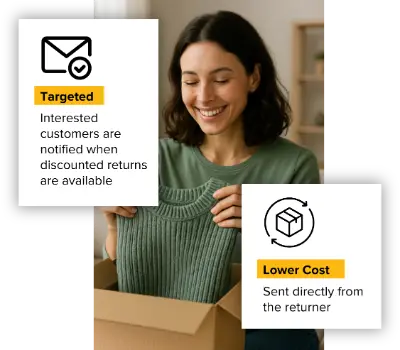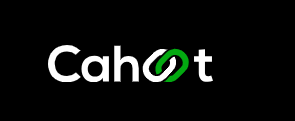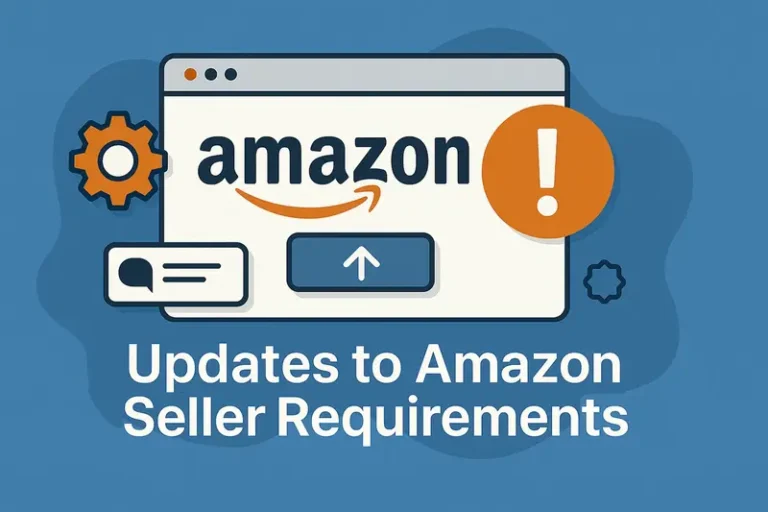New Amazon FBA Holiday Order Fulfillment Fee Squeezes Seller Margins

Last updated on August 29, 2022

It has been a difficult year filled with price increases for Amazon sellers that rely on Fulfillment by Amazon (FBA), and it’s about to get even more difficult.
On August 16th, Amazon announced that for the first time ever, they will implement a Holiday Peak Order Fulfillment Fee to take effect from October 15th, 2022 to January 14th, 2023. Per Amazon, the fee will be an average of USD 0.35 per item sold using US and Canada FBA. Even in isolation, a 35 cent increase in fulfillment fees can be difficult for sellers to absorb. Considering the enormous pressure that inflation is already putting on sellers and other FBA price increases, this could be the straw that breaks the camel’s back.
How has Amazon ratcheted up the price pressure on FBA sellers this year, and what can sellers do to fight back and protect their margins?
Amazon FBA Price Increases in 2022
Amazon has raised prices across the board for FBA sellers multiple times in 2022. How do they add up?

Source: Amazon Seller Central, Cahoot analysis
Annual Amazon FBA Fee Increase
It started with annual FBA fee increases that kicked in on February 1st. Order fulfillment fees increased from 2% on the low end to as much as 12% on the high end. Sellers with items in the Small Standard categories saw increases of 8%, or $0.22 to $0.27. For small products selling under $20 or even $10, this immediately shaved off a few points of margin.
On top of that, FBA Storage Fees increased by $0.08 per cubic foot, or 10.6%. Again, this increase can shave off a point or two of margin, making enduring profitability that much more difficult.
Finally, Amazon increased Removal and Disposal Fees by over 100% for many items. For instance, a SKU between 1-2 lbs will increase from $0.35 to $0.75. Sellers don’t usually plan on having to pay for removal, but nevertheless some products will fail to sell and need to be liquidated – especially in the cutthroat environment of Amazon’s 3P marketplace. This change raises the overall cost of doing fulfillment business.
Slash Your Fulfillment Costs by Up to 30%
Cut shipping expenses by 30% and boost profit with Cahoot's AI-optimized fulfillment services and modern tech —no overheads and no humans required!
I'm Interested in Saving Time and MoneyAmazon Fuel and Inflation Surcharge
Just two months later, Amazon added a 5% “fuel and inflation surcharge” on top of the previously announced price increases. This kind of surcharge was a first for Amazon, and like the previous changes it adds another ~20 to 50 cents in cost to most items. Taken together with the Q1 increases, by this point FBA had already added a dollar or more to total fulfillment costs for many items.
Amazon Holiday Peak Order Fulfillment Fee
The new fee in question, the Holiday Peak Order Fulfillment Fee, will be applied on top of both of the February price increases and the Fuel and Inflation Surcharge. It will be in effect from October 15th of this year to January 14th in 2023, so for the entirety of peak.
At an average of another 35 cents on top of the other increases, there are few, if any, items that haven’t shot up over a dollar in cost to fulfill through FBA this year. When you consider that many smaller items only cost $3 or $4 to fulfill through FBA, that’s a staggering 25%+ increase in one of the most important operational costs in one year. Sellers with small, $10 items have now likely seen over 10% more of their revenue disappear in FBA fees in just over half a year. That, unfortunately, is fatal to most sellers.
The Top Amazon FBA Alternative: Cahoot FBM
Cahoot has created an Amazon-like ecommerce order fulfillment services network that makes low cost, fast and free shipping a breeze for every eCommerce sales channel – including Amazon FBM.
Cahoot is the next generation of tech-enabled order fulfillment networks. Unlike other networks that are collections of third party logistics warehouses (3PLs), Cahoot’s innovative approach empowers merchants across the country to fulfill orders for one another. Our peer-to-peer network is a collective of highly vetted eCommerce retailers who offer up excess warehouse space and resources to provide high-quality order fulfillment to other merchants. Since they fulfill their own DTC orders, they know how important top-notch fulfillment is, and they put the same care and energy into your orders as they do for their own.
Because Cahoot is leveraging excess capacity in merchant-owned warehouses, we’re less pressured by rising warehouse and labor costs than Amazon is. As a result, costs are typically lower than what you get with a traditional 3PL fulfillment company. With a P2P network, multi-channel fulfillment with nationwide 1-day and 2-day delivery at economy shipping rates is the norm.
Still unconvinced? Here’s a deep dive into how you can make the choice between Amazon FBM vs FBA – or decide to use a mixed strategy.

Turn Returns Into New Revenue


 5 minutes
5 minutes


